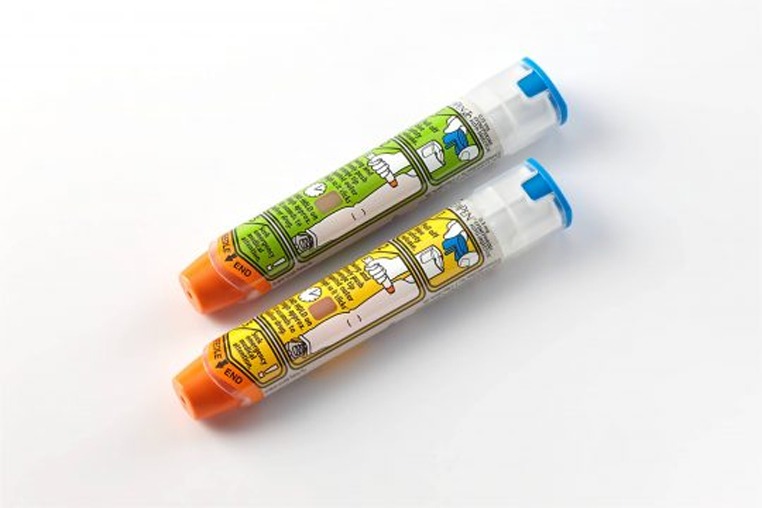First Aid Course in Canberra. Asthma and Anaphylaxis Training. Great Trainers. Cheap pricing. Excellent Location. Private Mobile First Aid Course.
(HealthDay)—Lots of things grow in the spring, including your risk of severe allergic reactions and asthma attacks. So people need to take preventive measures and know when to seek medical care, an emergency physician says.
“Spring tends to bring more people to the emergency department,” Dr. Paul Kivela, president of the American College of Emergency Physicians, said in a college news release.
“Conditions like asthma and allergies are manageable for most people but they can easily become life-threatening. Minimize your risk by limiting your exposure to known triggers, carrying your medicines with you if needed, and developing an action plan for asthma and allergic reactions with your care provider.”
Each year, asthma sends more than 1.8 million people to U.S. emergency rooms, according to the federal Centers for Disease Control and Prevention. Kivela said people with asthma should go to the ER when: symptoms do not improve quickly after the use of rescue inhalers; they’re straining to breathe or can’t complete a sentence without pausing for breath; their lips or fingernails turn blue.
Picnics, barbecues, pool parties and other outdoor get-togethers can put some people at risk for a life-threatening allergic reaction (anaphylaxis), which is most often caused by a food allergy. It’s estimated that a food allergy sends somebody to a U.S. emergency room every three minutes.
Insect bites and stings are another common cause of anaphylaxis.
Symptoms such as tingling, numbness or a metallic taste in the mouth may occur within minutes, but it might take up to several hours for life-threatening reactions to develop, according to Kivela.
Seek immediate emergency care if you or someone else develops any combination of the following symptoms:
- Difficulty swallowing or breathing
- Swelling of the tongue, throat, nasal passages or face
- Welts, hives, itchiness, redness on the skin, lips, eyelids or other areas of the body
- Bluish skin, especially the lips or nail beds (or grayish in darker complexions)
- Nausea, stomach cramping, vomiting/diarrhea
- Heart palpitations; weak and rapid pulse; confusion, slurred speech; dizziness, a drop in blood pressure, fainting or unconsciousness.
If someone develops anaphylaxis, call 911 immediately. And while you wait for first responders to arrive: lay the person flat and elevate the feet; administer self-injectable epinephrine (such as EpiPen) if available; check for a medical tag, bracelet or necklace that may identify anaphylactic triggers, Kivela said.
Gaining skills from a first aid course is also a great management startegy. Book in now at www.canberrafirstaid.com
![]() Explore further: Even if severe allergic reaction is in doubt, epinephrine should be used
Explore further: Even if severe allergic reaction is in doubt, epinephrine should be used
More information: The American Academy of Family Physicians has more on anaphylaxis.

